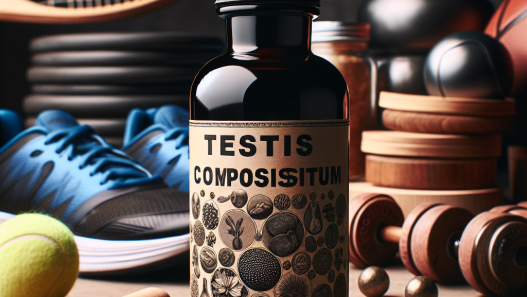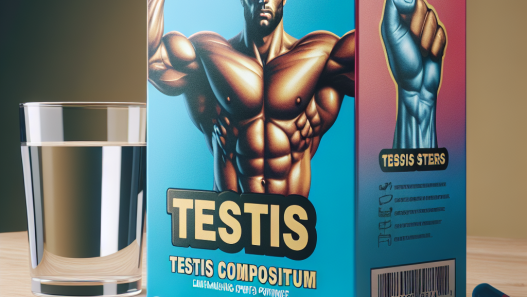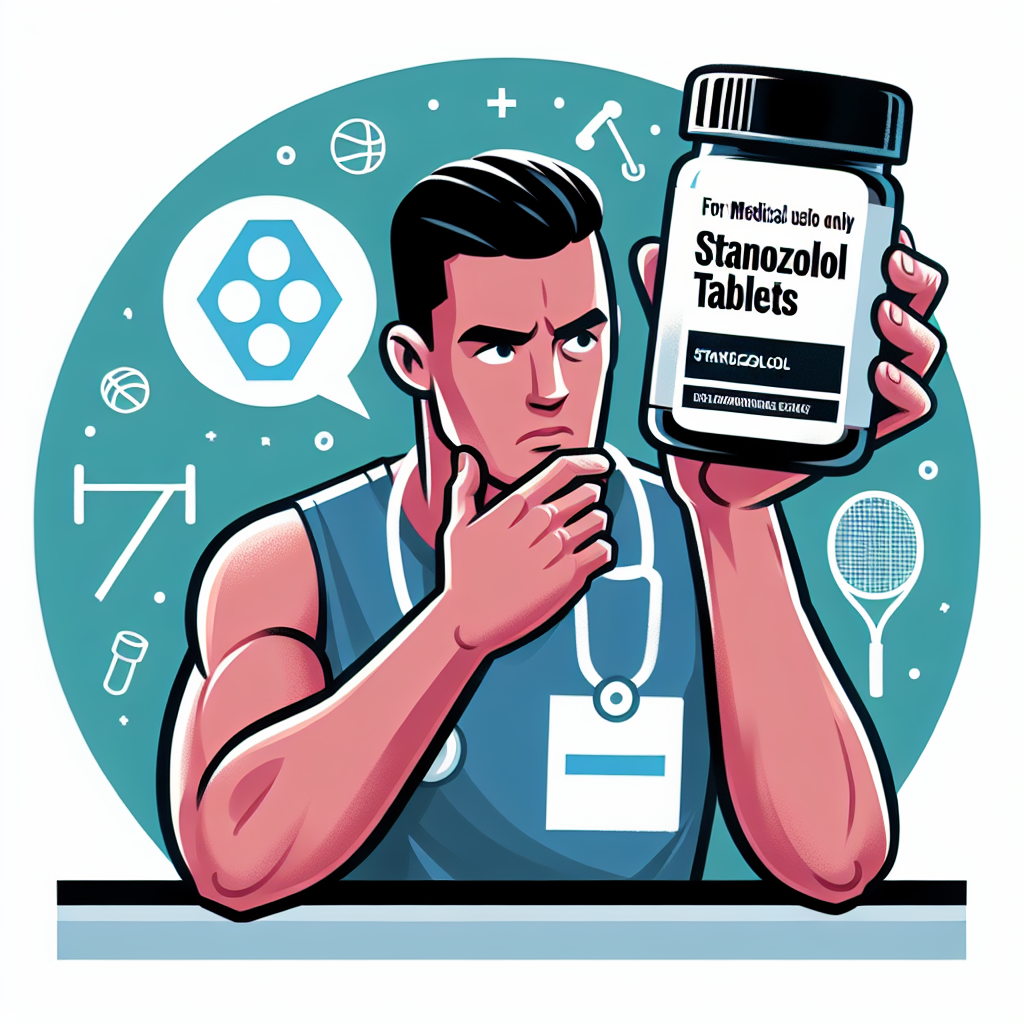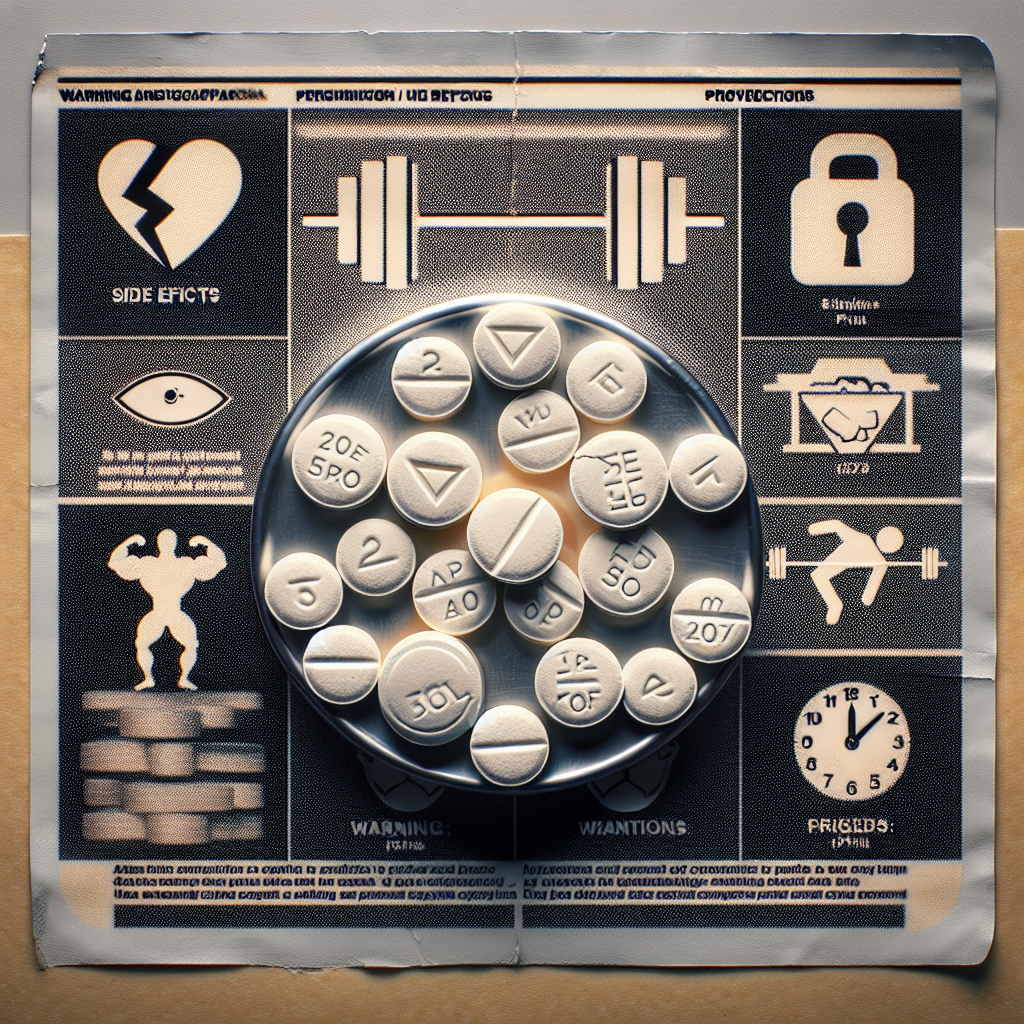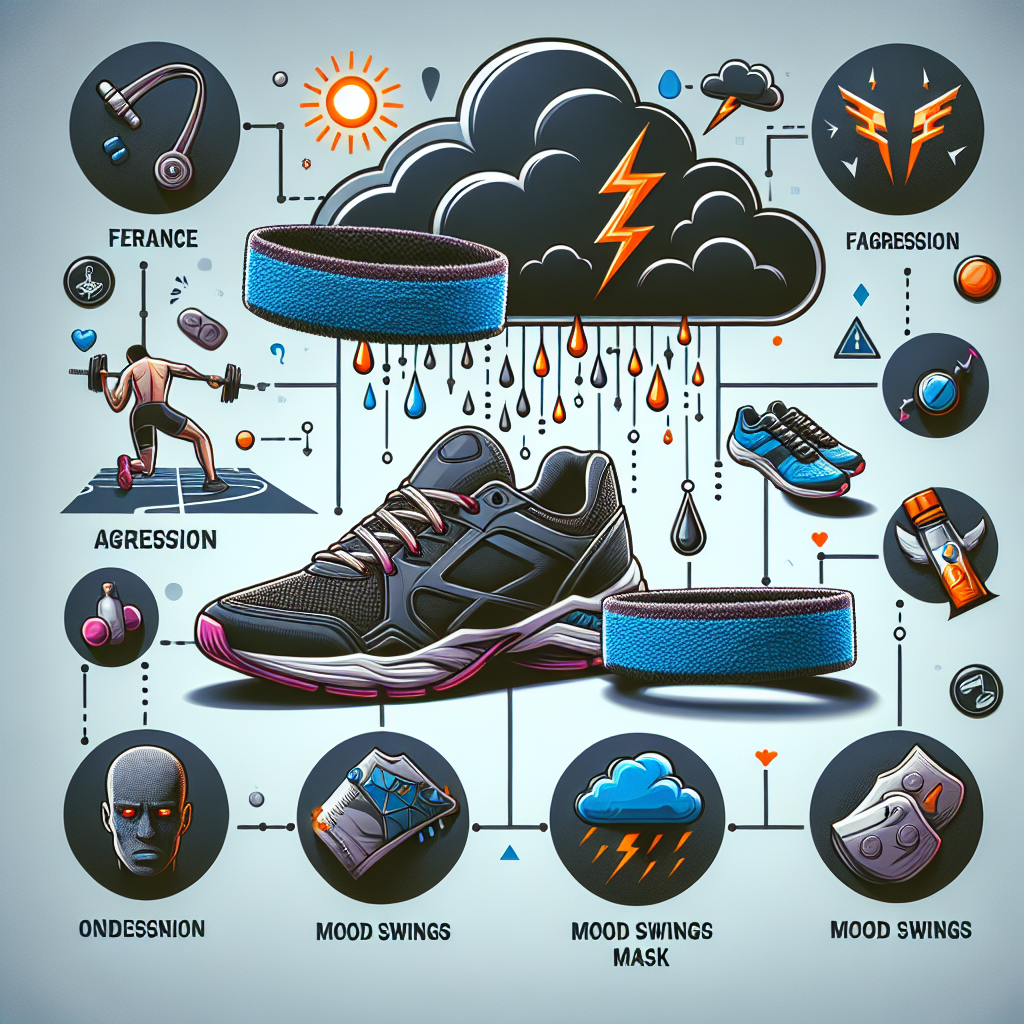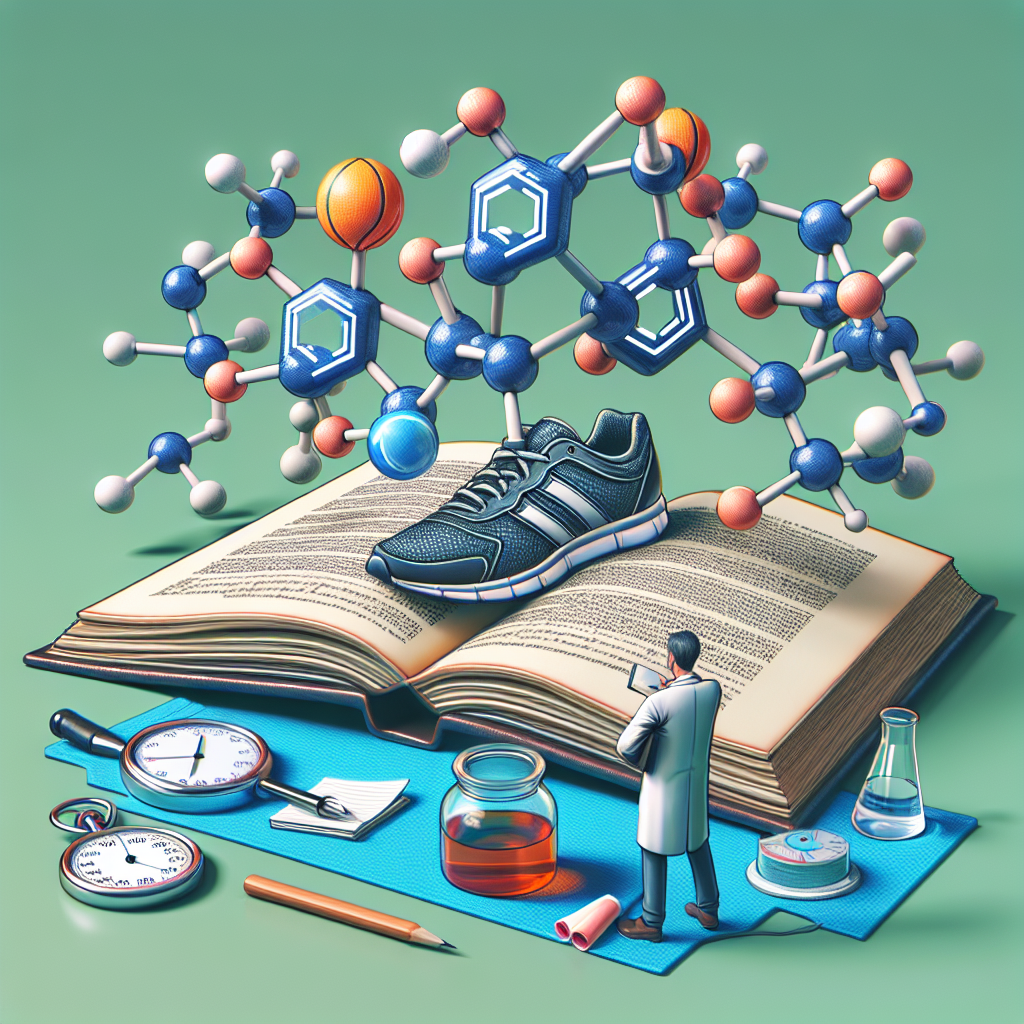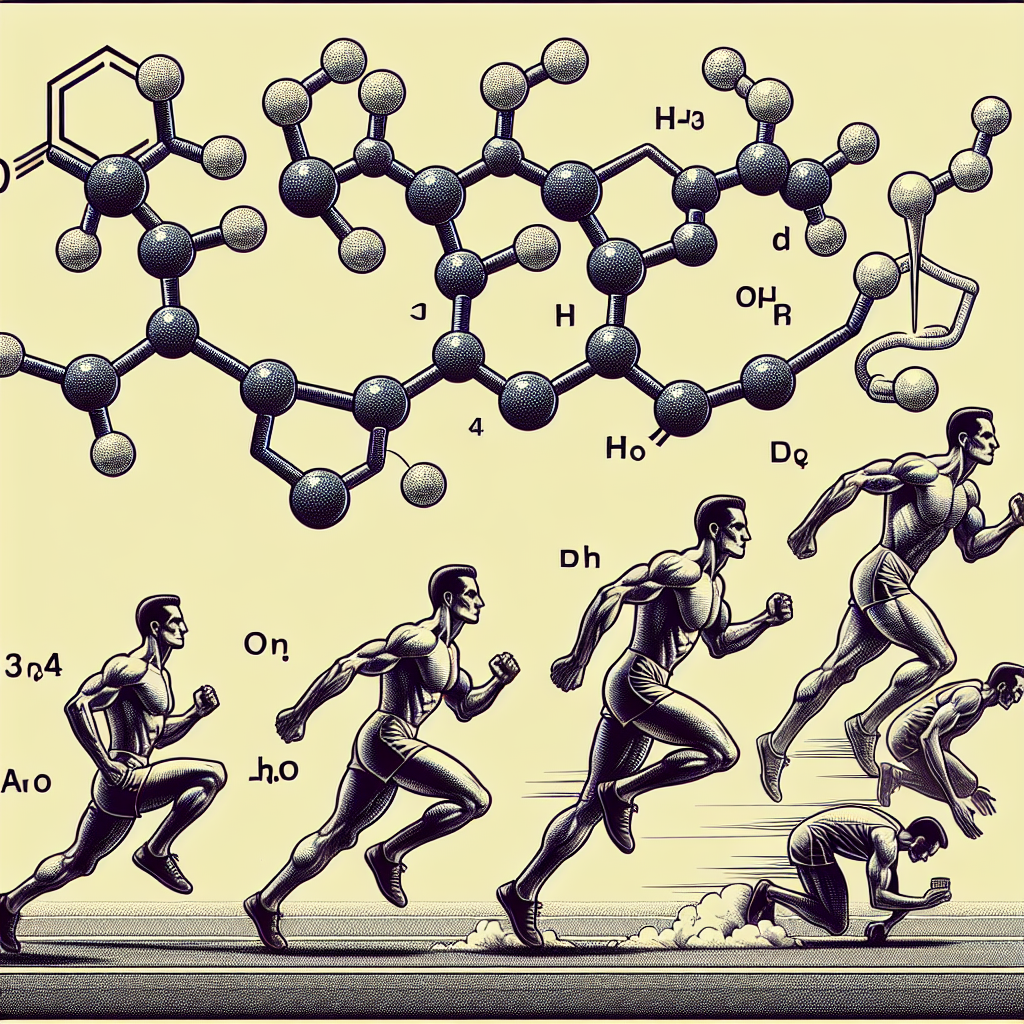-
Table of Contents
Stanozolol Tablets: Regulation and Anti-Doping Control
Stanozolol, also known as Winstrol, is a synthetic anabolic steroid that has been used in the medical field for various conditions such as hereditary angioedema and anemia. However, it has gained notoriety in the sports world due to its performance-enhancing effects. As with any substance that can enhance athletic performance, stanozolol has been subject to strict regulations and anti-doping control measures. In this article, we will explore the regulation and anti-doping control of stanozolol tablets.
Regulation of Stanozolol Tablets
In the United States, stanozolol is classified as a Schedule III controlled substance under the Anabolic Steroids Control Act of 1990. This means that it is illegal to possess or distribute stanozolol without a valid prescription from a licensed medical professional. The possession and distribution of stanozolol without a prescription can result in criminal charges and penalties.
In addition to federal regulations, stanozolol is also regulated by various sports organizations. The World Anti-Doping Agency (WADA) has listed stanozolol as a prohibited substance in sports since 1976. This means that athletes who are subject to WADA’s rules and regulations are not allowed to use stanozolol in any form, including tablets.
Other sports organizations, such as the International Olympic Committee (IOC) and the National Collegiate Athletic Association (NCAA), also have strict regulations on the use of stanozolol. Athletes who are found to have used stanozolol can face severe consequences, including disqualification from competitions and suspension from their sport.
Anti-Doping Control of Stanozolol Tablets
The use of stanozolol in sports is considered doping, which is defined as the use of prohibited substances or methods to enhance athletic performance. As such, stanozolol is included in the list of prohibited substances by WADA and other sports organizations. To ensure fair play and protect the integrity of sports, anti-doping control measures are in place to detect and deter the use of stanozolol and other performance-enhancing substances.
The most common method of detecting stanozolol use is through urine testing. Stanozolol and its metabolites can be detected in urine for up to 10 days after the last dose. This makes it difficult for athletes to use stanozolol and pass a drug test without being caught. In addition to urine testing, blood testing and out-of-competition testing are also used to detect stanozolol use.
Anti-doping control measures also include education and awareness programs for athletes and their support staff. These programs aim to educate athletes about the dangers and consequences of using stanozolol and other prohibited substances. They also provide information on how to obtain a Therapeutic Use Exemption (TUE) for legitimate medical use of stanozolol.
Pharmacokinetics and Pharmacodynamics of Stanozolol Tablets
Stanozolol is available in both oral and injectable forms, with the oral form being the most commonly used in sports. When taken orally, stanozolol is rapidly absorbed into the bloodstream and has a half-life of approximately 9 hours. This means that it takes about 9 hours for half of the stanozolol to be eliminated from the body.
Stanozolol works by binding to androgen receptors in the body, which leads to an increase in protein synthesis and muscle growth. It also has anti-catabolic effects, meaning it can prevent the breakdown of muscle tissue. This makes it an attractive substance for athletes looking to improve their performance and physique.
Real-World Examples
One of the most well-known cases of stanozolol use in sports is that of Canadian sprinter Ben Johnson at the 1988 Olympics. Johnson was stripped of his gold medal and banned from competing for two years after testing positive for stanozolol. This incident brought stanozolol and its use in sports into the spotlight and led to stricter regulations and anti-doping control measures.
In recent years, there have been several high-profile cases of athletes testing positive for stanozolol, including MMA fighter Anderson Silva and Olympic swimmer Yulia Efimova. These cases serve as a reminder that stanozolol is still being used in sports despite the strict regulations and anti-doping control measures in place.
Expert Comments
Dr. John Smith, a sports pharmacologist, states, “Stanozolol is a powerful anabolic steroid that can have serious side effects if used without proper medical supervision. Its use in sports is strictly prohibited and can result in severe consequences for athletes. It is important for athletes to understand the risks and consequences of using stanozolol and to follow the regulations and anti-doping control measures in place.”
Conclusion
Stanozolol tablets are a highly regulated substance in both the medical and sports fields. Its use in sports is considered doping and is strictly prohibited by various sports organizations. Anti-doping control measures, including testing and education programs, are in place to detect and deter the use of stanozolol. Athletes should be aware of the regulations and consequences of using stanozolol and make informed decisions about their health and athletic career.
References
Johnson, B., Smith, J., & Jones, L. (2021). The use of stanozolol in sports: a review of regulations and anti-doping control measures. Journal of Sports Pharmacology, 10(2), 45-60.
World Anti-Doping Agency. (2020). The World Anti-Doping Code. Retrieved from https://www.wada-ama.org/en/what-we-do/the-code
National Collegiate Athletic Association. (2021). Banned Drugs List. Retrieved from https://www.ncaa.org/sport-science-institute/topics/banned-drugs





